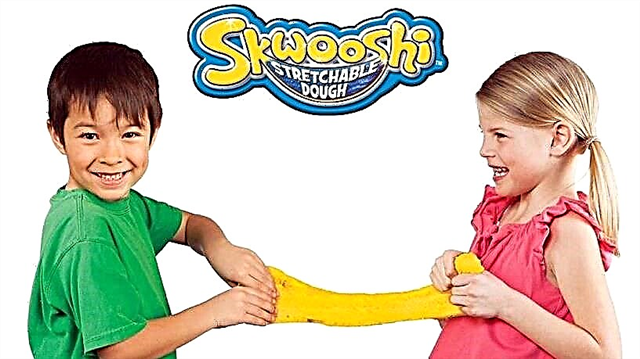
In recent years, stained glass paints have become more and more popular: the art of painting on glass is turning from a rare hobby into a massive hobby.
To create a transparent pattern on glass or other transparent surface, you should buy special paints, which nowadays are already sold almost everywhere. But there are several recipes with which you can make stained glass paints at home.


A simple way to cook from PVA
Making DIY stained glass paints at home is actually quite simple. The recipe includes only two ingredients: regular PVA glue and food colors sold at any grocery store. The exact proportion is not indicated anywhere, because it only depends on the intensity of the color of the dye and how bright the final result should be.
Consequently, you need to mix the ingredients by eye, but the authors point out that more than two tablespoons of PVA for each color are not needed: it is quite difficult to use up more at a time, and because of the glue in the composition, the resulting substance cannot be stored for a long time.
The finished substance turns out to be fluid, therefore you should not immediately draw it on a vertically located window: the drawing is deformed under the influence of the force of gravity. At the same time, it is the windows that are usually decorated with drawings made with such paints, the application procedure is just slightly different.


The fact is that a frozen pattern is a kind of integral sticker that can be repeatedly re-glued from place to place, especially if it is made with a rather thick layer of substance.
For this reason, for greater convenience, it is recommended to first paint the masterpiece on a horizontal surface, using a thin film or file as a base.
The file is also very popular because you can put a coloring or an ordinary drawing inside it, which will be seen through the base, helping to more accurately draw the details of the future stained glass.

Due to the large volume of the drawing, it takes a long time to dry: it is advised to leave the file with the applied paint for the whole night. After that, the film can be carefully peeled off, and from the side of contact with it, the picture will have a perfectly flat and very smooth surface. It also needs to be glued to the window. To do this, it is enough to attach the product to the glass and smooth it gently.
Thanks to the brightness and uniqueness of the result, this type of creativity is very popular among children, mothers also like it, but for the simplicity and cheapness of the recipe.


Complex recipes for serious creativity
The above recipe is good in its own way, but it is more suitable for children's creativity, while adults also draw successfully on glass, creating real masterpieces. For such tasks, purchased paint would be useful, however, home-made paint often does an excellent job with this task.
It should be noted that the composition of such a substance often includes toxic and hazardous ingredients, therefore, all possible safety measures must be followed so that they do not get on the skin, eyes or respiratory tract.
Based on nitro lacquer
2/3 of the nitro varnish must be diluted with approximately 1/3 of the solvent, touching up the mass with artistic paint. As in the "children's" recipe, the exact proportion of paint depends on the desired intensity of the resulting composition, the proportions of nitro varnish and solvent can also be slightly adjusted depending on the required thickness of the mixture.
You can use the resulting colored varnish to fill stained glass contours, since it is not very suitable for literal drawing.

Based on BF-2 glue
This recipe is very similar to the previous ones, but it has a lot more chemistry. A light-colored glue is mixed with acetone, which liquefies it somewhat, and then paint is added to the composition. It is important to remember that not any dye is suitable, but only one that dissolves in alcohol.
At home, a similar ingredient can be obtained by pumping out ink from an ordinary pen - then we can safely say that the glass is painted with ordinary colored ink.


Gelatin based
This recipe is relatively difficult to prepare, but there are no obvious toxic components in it. To begin with, a foundation is created. To do this, you need to dilute gelatin in water in a proportion of 6 grams per glass.
In another jar, you need to dilute the dry fabric dye in water, here the proportions depend on the desired color saturation and the instructions on the dye packaging. After that, the base and the diluted dye can be mixed with each other, adjusting the amount of paint to determine the shade of the finished mixture.
The resulting substance is characterized by a rather low resistance to any external influences, therefore the use of colorless nitro lacquer for protection is mandatory.


For information on how to make stained glass paints with your own hands, see the next master class.



